The Music Explorer is a teaching tool that can be used in many different ways to support musical learning. Below are 10 ideas to help you get started.
Idea 1
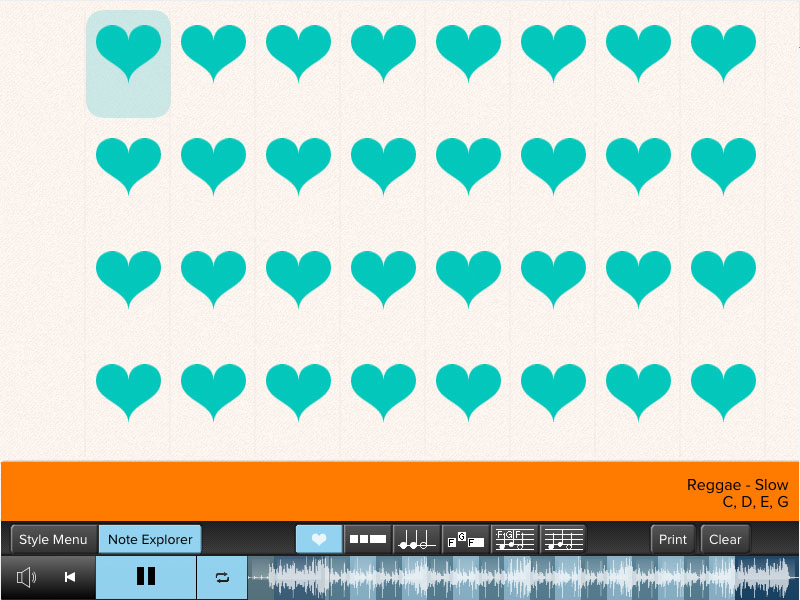 Perhaps choose a style of music which links with a piece you will be
playing during the lesson. First find the pulse using body percussion
and then with voices or instruments.
Perhaps choose a style of music which links with a piece you will be
playing during the lesson. First find the pulse using body percussion
and then with voices or instruments.
Idea 2
 Use the track as a backing for a copy back activity using one or
more pitches. This can be teacher led initially but then allow the
pupils to take the lead and improvise their own phrases in pairs or
groups.
Use the track as a backing for a copy back activity using one or
more pitches. This can be teacher led initially but then allow the
pupils to take the lead and improvise their own phrases in pairs or
groups.
Idea 3
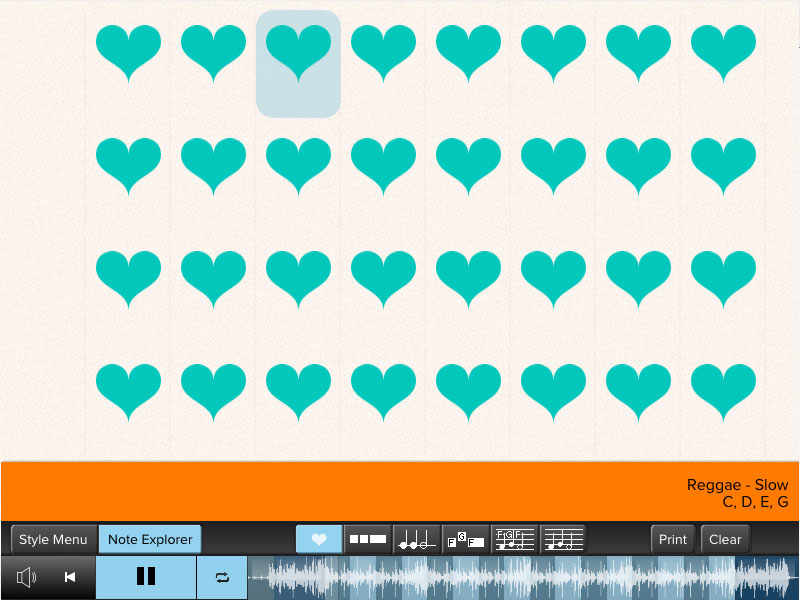 Develop the idea to a question and answer activity, starting with
short phrases. Again, encourage the students to take the lead but
always make sure they are able to repeat their own improvised
question. This will focus their attention!
Develop the idea to a question and answer activity, starting with
short phrases. Again, encourage the students to take the lead but
always make sure they are able to repeat their own improvised
question. This will focus their attention!
Idea 4
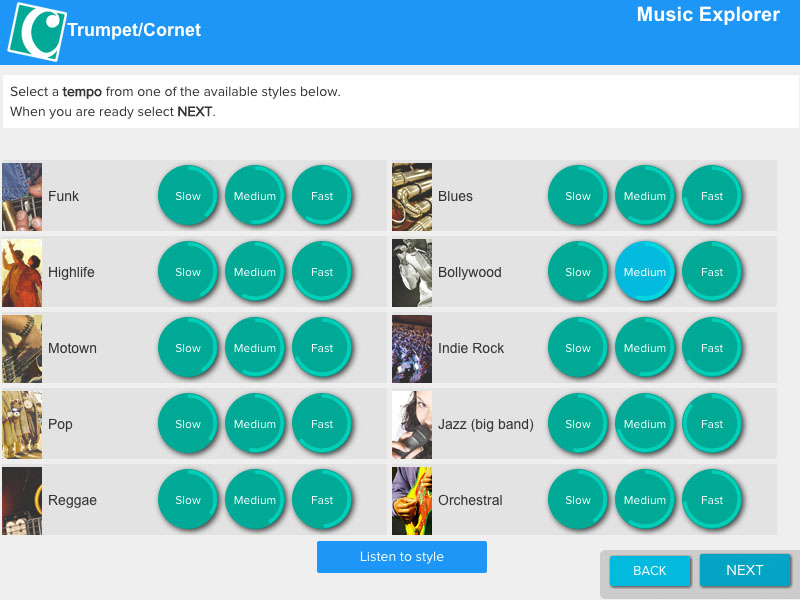 Choose a style that will appeal to your students eg Bollywood and
discuss why it sounds like Bollywood. What are the musical clues?
Choose a style that will appeal to your students eg Bollywood and
discuss why it sounds like Bollywood. What are the musical clues?
Using just one note, or more if you prefer, can you/the children sing or play short patterns in the same style? Discuss.
Idea 5
 There are varying tempo options for the styles. What impact does the
speed have on the style?
There are varying tempo options for the styles. What impact does the
speed have on the style?
Idea 6
 Together with the students compose a simple phrase/piece. Sing or
play this piece using different style backings. How does the backing
affect the phrase/piece? Do they have a favourite style for this
particular example? Why?
Together with the students compose a simple phrase/piece. Sing or
play this piece using different style backings. How does the backing
affect the phrase/piece? Do they have a favourite style for this
particular example? Why?
Idea 7
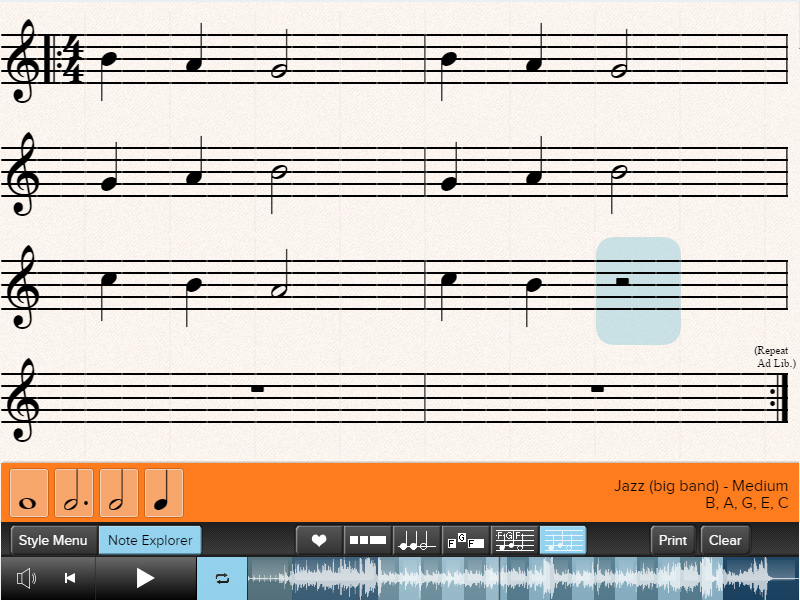
Take a short rhythmic or melodic phrase/riff from a piece you are singing
or playing and use this as a starting point for composing a short piece
using the explorer tool. Try repeating the idea at the same or a different
pitch, reversing it, stretching it, making up an answering phrase and so
on.
Idea 8
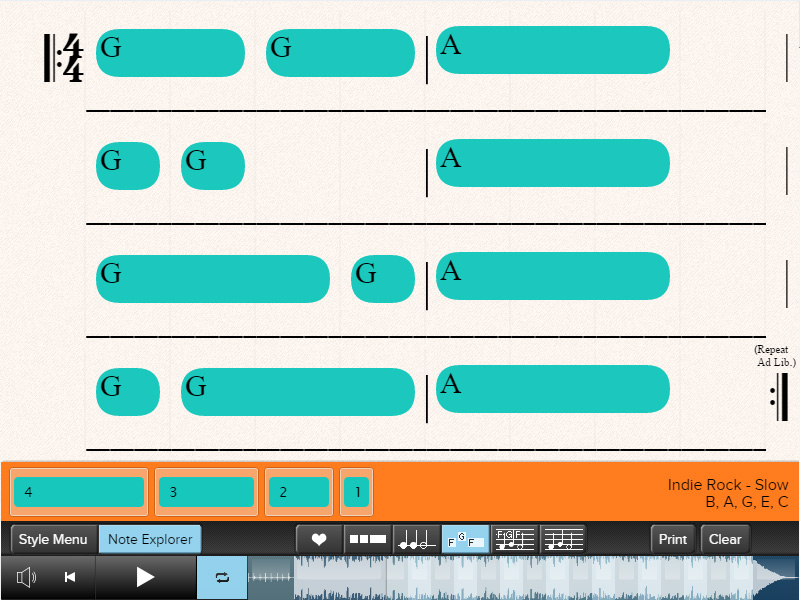 Using the most appropriate form of notation for your students
compose four simple two bar rhythmic or melodic phrases/riffs, then
play back one of them. Can they tell you which phrase it was?
Using the most appropriate form of notation for your students
compose four simple two bar rhythmic or melodic phrases/riffs, then
play back one of them. Can they tell you which phrase it was?
Ask them to sing or play the phrase/riff of their choice, which one did they perform? This can be challenging for both the players and the listeners.
Idea 9
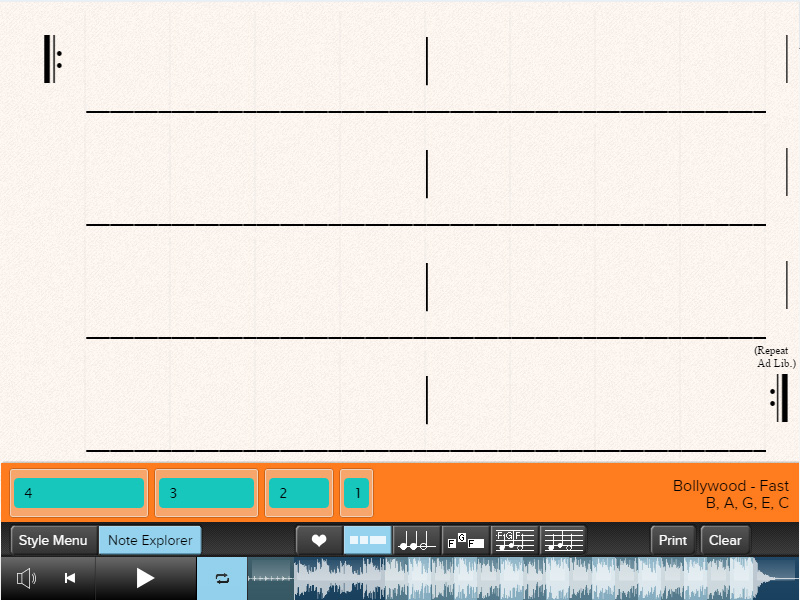 Sing or play a simple rhythmic phrase and ask your pupils to write
this down using blocks or notation. Extend the complexity of the
rhythm or melody as they progress.
Sing or play a simple rhythmic phrase and ask your pupils to write
this down using blocks or notation. Extend the complexity of the
rhythm or melody as they progress.
Idea 10
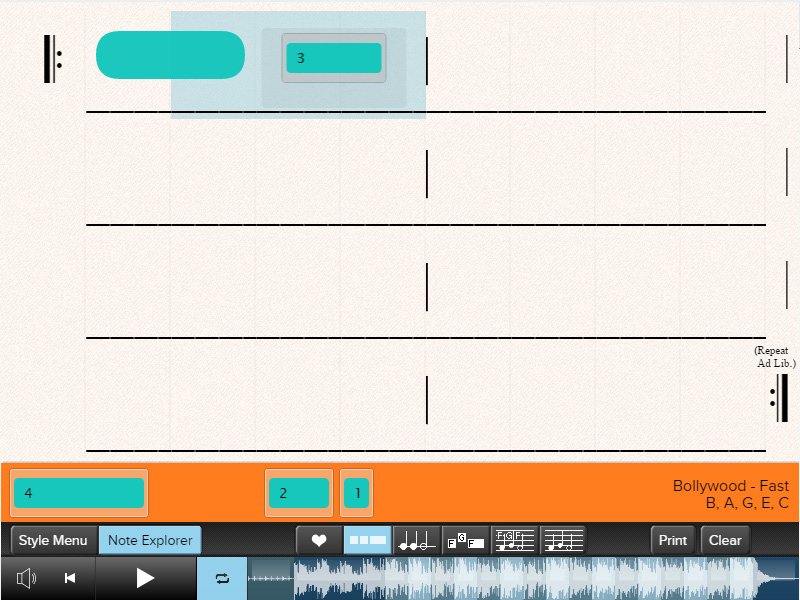 Explore simple notation rules by adding too many or too few beats
into a bar eg adding a minim and a dotted minim into the same bar.
What happens? Once they have successfully created a correct example
sing or play it through together.
Explore simple notation rules by adding too many or too few beats
into a bar eg adding a minim and a dotted minim into the same bar.
What happens? Once they have successfully created a correct example
sing or play it through together.